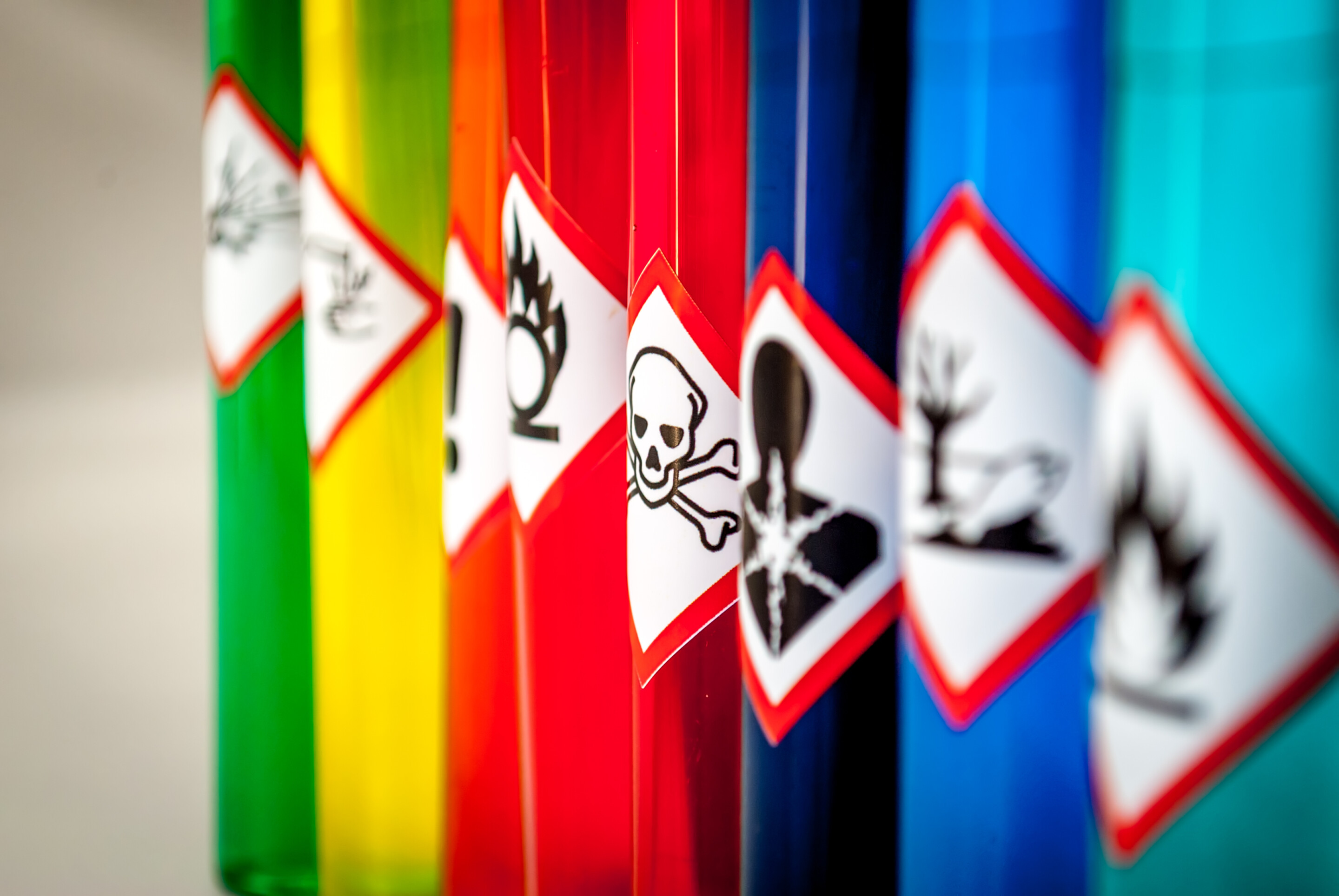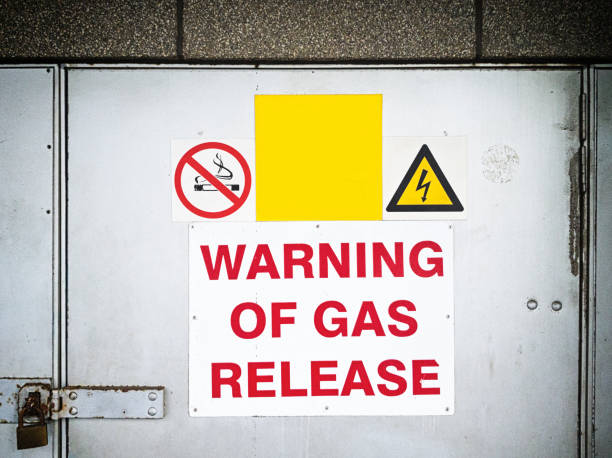Blog
Posted By: Yee Swat | Apr 07, 2023

INTRODUCTION TO CHEMICAL HAZARD
CHEMICAL HAZARD
A chemical hazard refers to any potential danger or risk associated with the use, handling, storage, transportation, or disposal of chemicals that may result in harm to human health, property, or the environment. Chemical hazards can come in many different forms, including flammable, corrosive, toxic, explosive, and reactive chemicals. The severity of the hazard can depend on various factors, such as the concentration and quantity of the chemical, the method of exposure, and the sensitivity of the individual or environment exposed. Proper management and control of chemical hazards are essential to ensure the safety and well-being of individuals and the environment.
According to GUIDELINES ON THE CONTROL OF CHEMICALS HAZARDOUS TO HEALTH 2001 from the Department of Occupational Safety and Health (DOSH), some of the CONTROL MEASURES are:
1. LABELLING
- The objective of labeling is to guarantee that the contents of a container can be easily identified by product name, as well as to bring the attention of a person handling or using a hazardous chemical to the serious hazards involved.
2. INFORMATION, INSTRUCTION, AND TRAINING
- Engineering, enforcement, and education are the major tools required to achieve the goal of reducing occupational injuries and illnesses and promoting occupational safety and health.
3. WARNING SIGN
- Employer is required to make sure that warning signs are placed in areas where potentially hazardous chemicals might be present or could represent a risk to the health of any person who could be exposed to it.
EXAMPLE TYPES OF CHEMICAL HAZARDS
1. Explosive
- The Chemicals or preparation that may explode under the effect of flame or which are more sensitive to shocks or friction than dinitrobenzene.
2. Oxidizing
- Chemicals and preparation which give rise to highly exothermic reactions when in contact with other chemicals, particularly flammable chemicals.
3. Flammable
- When exposed to air or other ignition sources or elements, it may catch fire or ignite.
4. Toxic
- Can be harmful by contact, inhalation, and ingestion.
5. Corrosive
- Include strong acids, alkalis, and other chemicals which will cause burns or irritation of the skin, mucous membranes, or eyes or will damage most materials.
Chemical hazards are a serious concern in many industries, and proper chemical management is essential to ensuring a safe and healthy work environment. By identifying and managing chemical hazards, employers can help minimize the risk of chemical-related injuries and illnesses. Training is a critical component of any effective chemical management program, as it provides employees with the knowledge and skills they need to work safely with chemicals. By investing in comprehensive training, employers can create a culture of safety that promotes the well-being of everyone in the workplace. For more information, please feel free to contact Safetyware EHS Consultancy Sdn. Bhd. through:
📲: 012-498 7882
IN THE UPCOMING BLOG, WE WILL LOOK INTO ERGONOMIC HAZARDS IN THE WORKPLACE.
Recent Articles

Posted By: Nur Afifa Binti Sazali
Jan 10, 2024

Posted By: Nur Afifa Binti Sazali
Jan 02, 2024

Posted By: Nur Afifa Binti Sazali
Dec 08, 2023

Posted By: Nur Afifa Binti Sazali
Dec 07, 2023

Posted By: Nur Afifa Binti Sazali
Dec 01, 2023
Plot 237,
Lengkok Perindustrian Bukit Minyak 3,
Bukit Minyak Industrial Estate,
14100 Simpang Ampat, Penang, Malaysia.
Enquiries :
[email protected]
Call Us :
Tel : +604-5023 882 (8 lines)
Toll Free : 1300-22-3882
